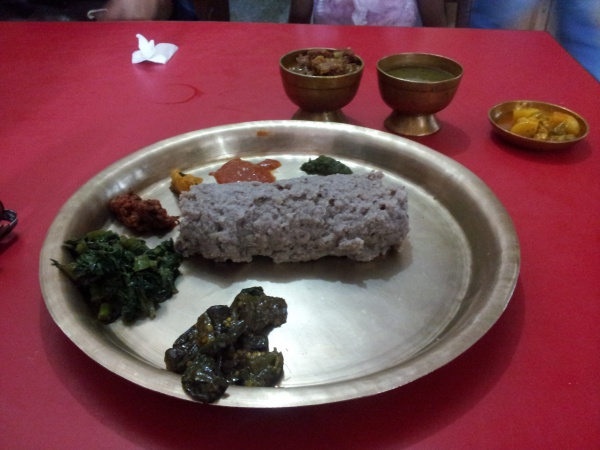Facts About Dhindo
Dhindo is a cherished traditional dish from Nepal, made by gradually integrating flour into boiling water while stirring continuously. It is a staple in many regions of Nepal and is also popular in Sikkim and Darjeeling in India. Once regarded as a food for the lower socioeconomic classes in comparison to rice, dhindo has gained recognition for its nutritional benefits, attributed to Nepal's indigenous grains.
The preparation of dhindo is relatively simple. It involves combining water and flour in an approximate three-to-one ratio, with potential additions such as ghee, garlic, salt, or other seasonings. The essential technique is to gradually incorporate the flour into the boiling water, stirring vigorously until the mixture thickens. Various types of flour can be used, including buckwheat, millet, or cornmeal. To enhance the flavor, ingredients like mutton or chhurpi (a type of traditional cheese) can be added.
Traditionally, dhindo is cooked in an iron pan called a "phalame tapke" and stirred with a specialized narrow iron spatula known as a "dabilo." When it is ready to be eaten, small balls of dhindo are formed with the fingers, dipped in liquids such as lentil soup or milk, and swallowed without chewing. It is often enjoyed with a side of chutney. The entire process of making dhindo is referred to as "maskaaune" in Nepali.

 China
China